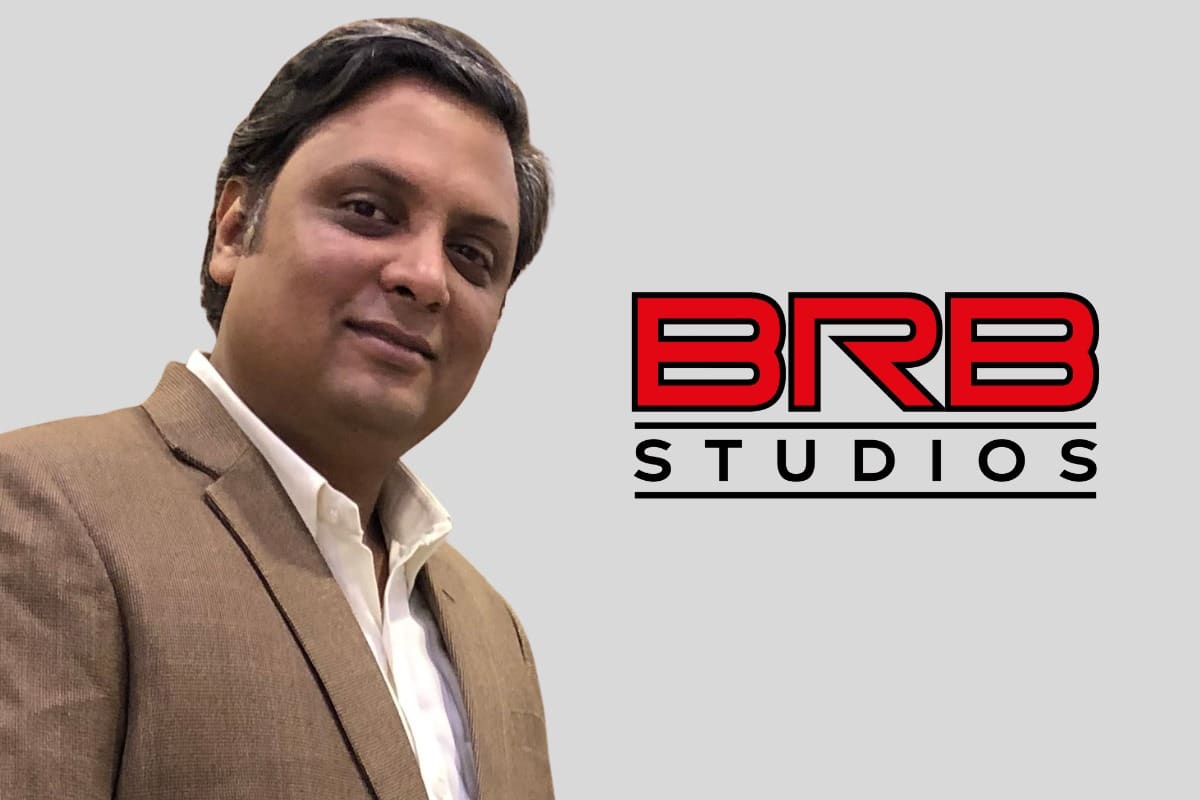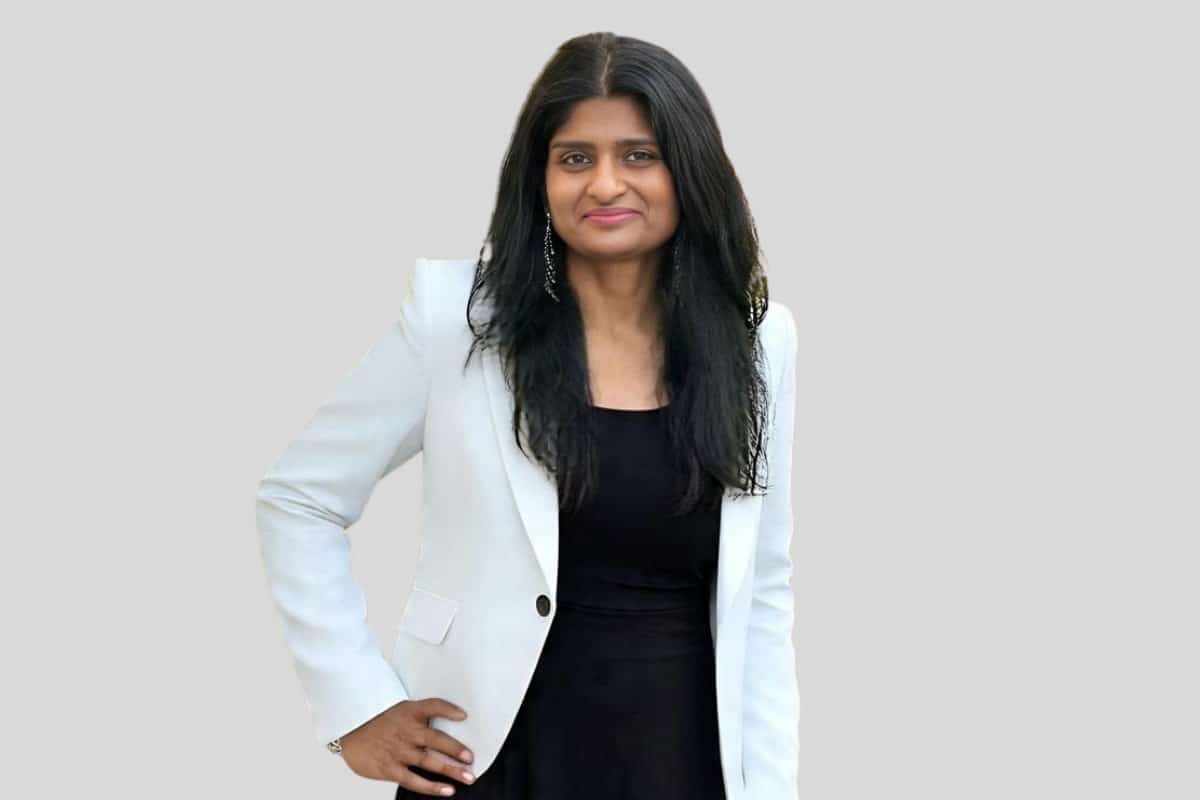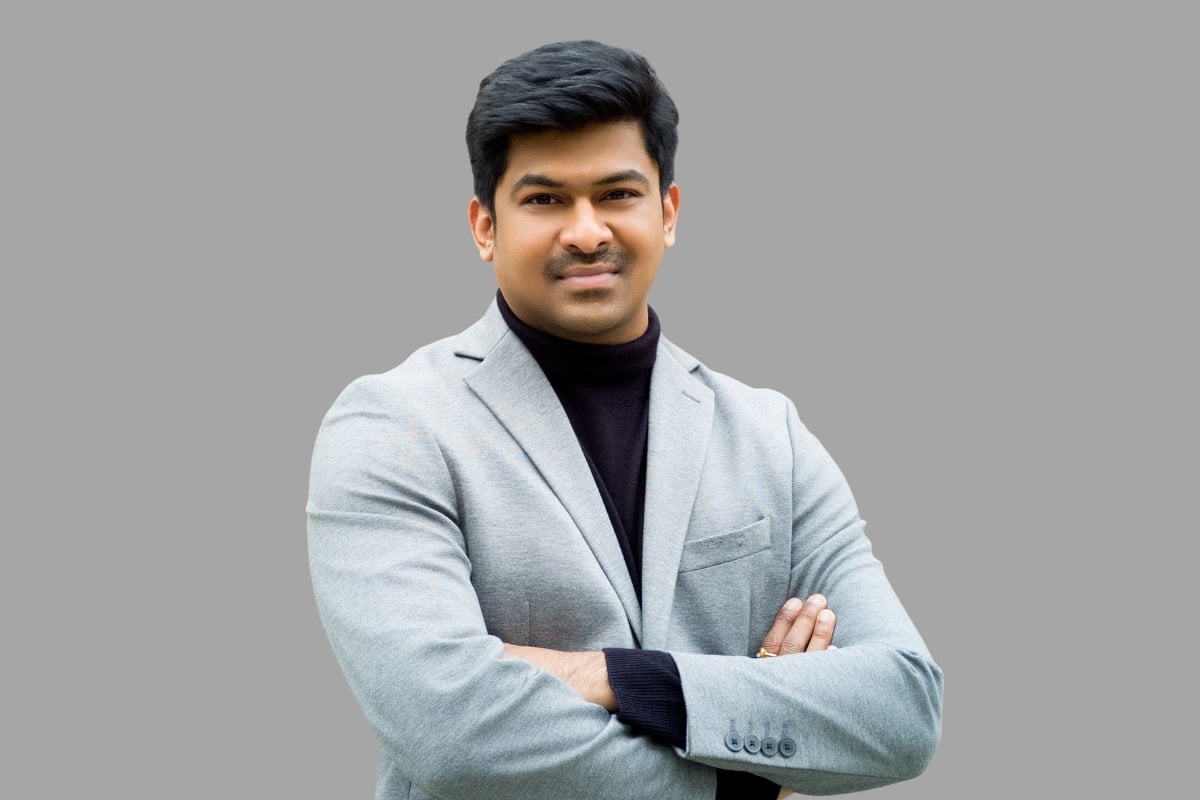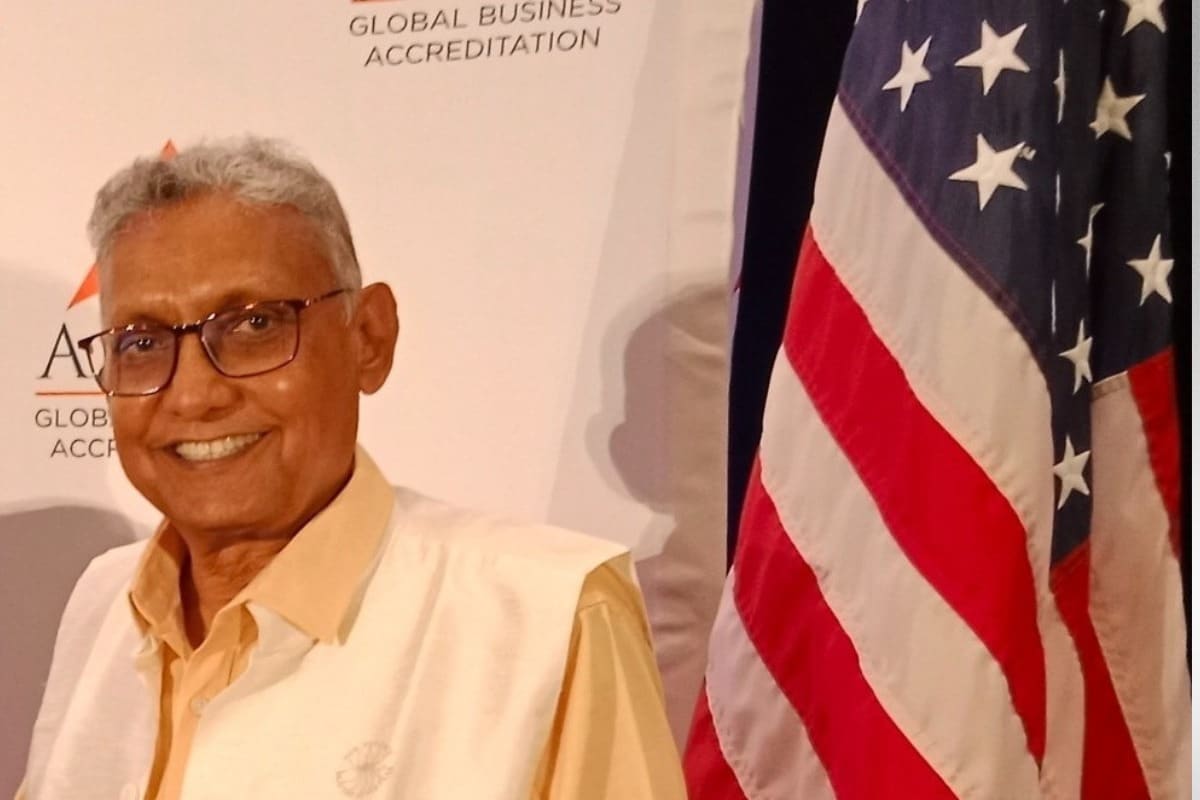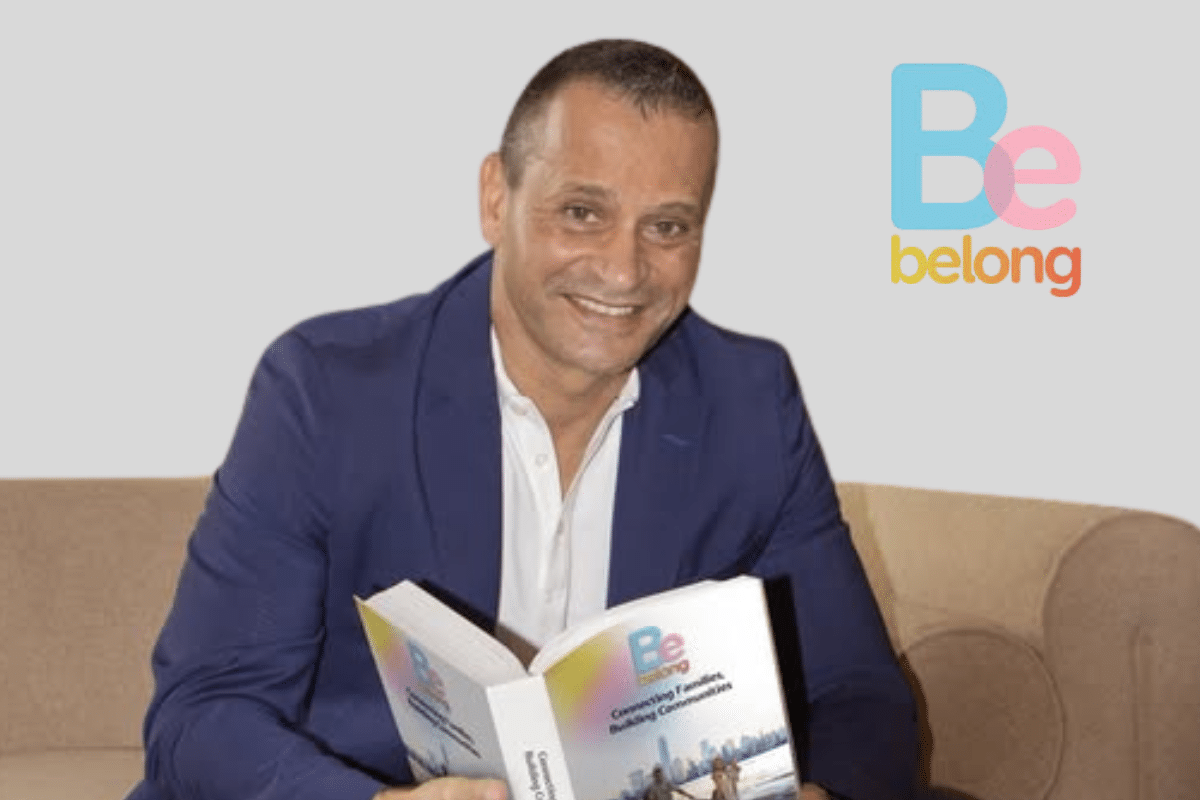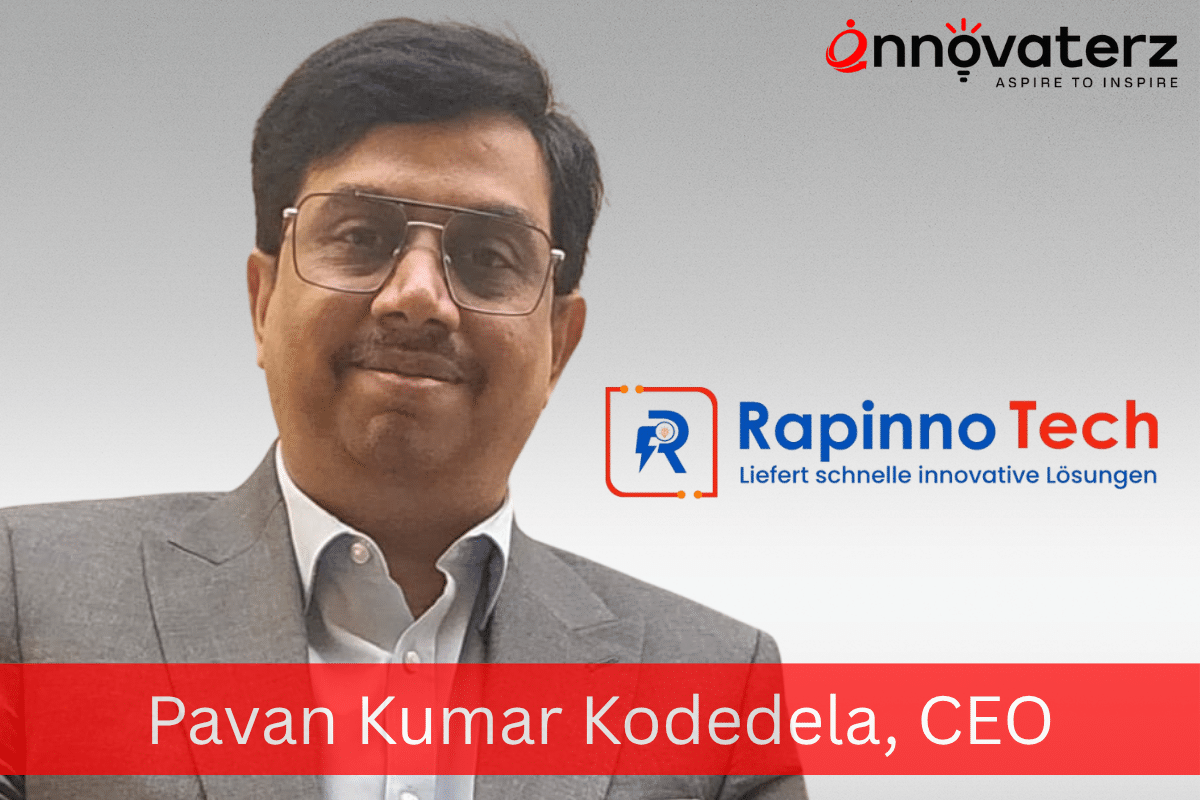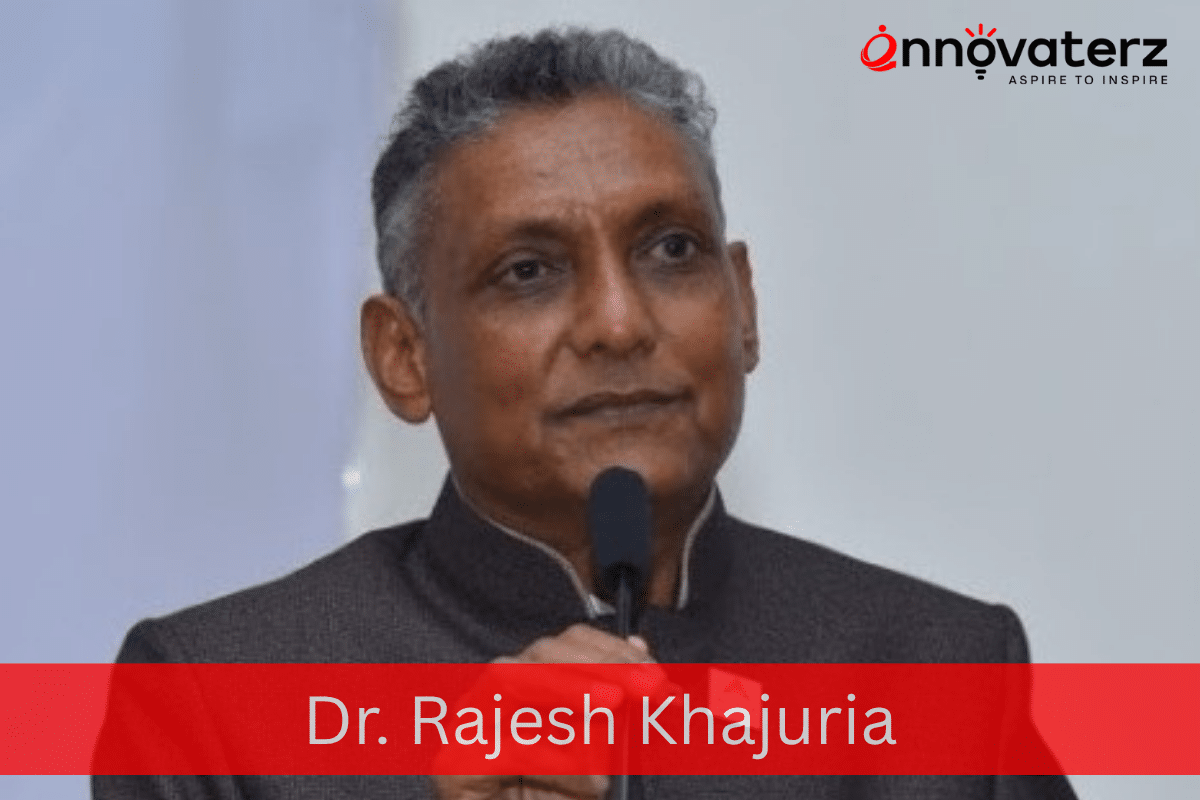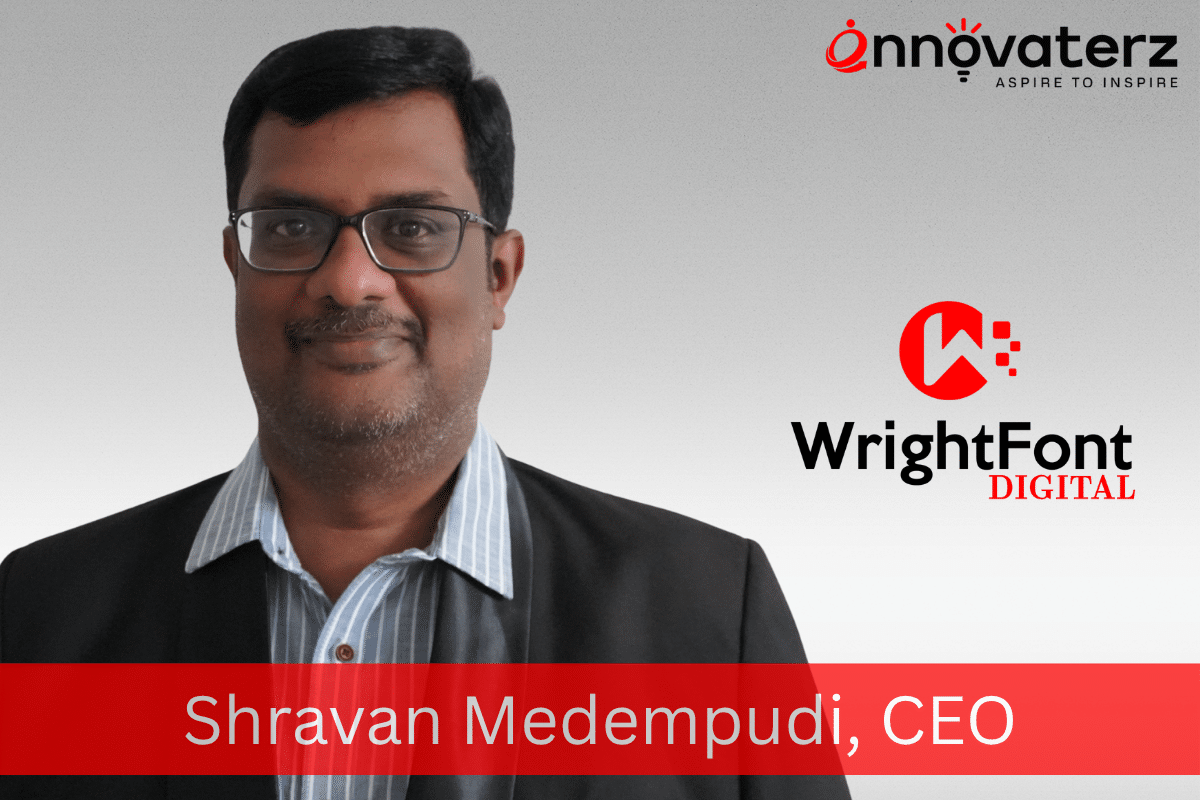Cinema as Canvas: Designing for Emotion and Impact
What do you remember most about your early days in the industry—before the big-budget sets and large teams?
Ibegan with two hands, a sketchpad, and a burning need to make things that mattered. I remember painting boards on dusty studio lots, staying up all night with carpenters, sleeping under scaffolding. There were no teams—only trust. What kept me going was knowing the frame depended on the background, not just the actor. That early hunger shaped my work ethic to this day.
You’ve worked across genres, formats, and languages. What anchors your design philosophy throughout these diverse projects?
My design always begins with the story. Whether I’m creating a battlefield, a deity’s sanctum, or a dystopian cityscape, I first sketch the emotion I want the viewer to feel. I don’t think in “sets”—I think in scenes, moments, transitions. My job is to make the environment speak before the characters do.
Projects like Gautamiputra Satakarni and Anaganaga O Dheerudu are often cited as career highlights. What made them creatively fulfilling for you?
Both films pushed me to merge artistry with engineering. In Gautamiputra Satakarni, I crafted historic battle armour for Balakrishna after training in Morocco with the same team behind Gladiator. With Anaganaga O Dheerudu, Disney gave me the opportunity to create their first South Indian production’s art direction. They even sent me to Hong Kong Disneyland for immersive design training. That led to India’s first full-scale event float for Disney—fully mobile, fully magical.
Building everything with Purpose
You’ve collaborated with legends—from K. Raghavendra Roa’s team to Disney and Balakrishna. What have you learned from working with such visionary creators?
Every great collaboration teaches humility. With Balakrishna, I learned attention to legacy—every stitch on that armor had symbolic value. With Krish Jagarlamudi, it was about visual scale. With Disney, it was rigor and repeatability—they don’t just want magic, they want it to last across 100 cities. The best directors don’t give you instructions. They give you a vision—and trust you to rise to it.
You’re known for your variety of mechanical props like. Where does this hands-on creative approach come from?
My background in Industrial Design from NID shaped how I think. We were trained not just to imagine things—but to build them, test them, refine them. That’s stayed with me. Whether it’s a fighter jet for Aakasa Veedhilo or animatronic animals in Adugo, I obsess over materials, weight, movement, realism. Props should never be mere decoration. They’re part of the storytelling grammar.
Your holographic election campaign for Narendra Modi became a global first. How did that experience stretch your skill set as a designer?
Massively. It was the first time I had to design for mobility, logistics, and tech activation across states—yet still control aesthetics. We used shipping containers to house 3D holograms and toured them across India. That campaign earned a Guinness World Record, and we later took the same tech to Malaysia for Barisan National. It taught me that design can shape public perception—not just cinematic fantasy.
Theme Parks: The New Playground for Storytelling
What inspired your move from film sets to immersive theme parks and live environments?
I wanted my stories to live beyond the frame. In a movie, the moment ends when the credits roll. But in a theme park, you let people walk through the world you’ve created. With Goshen, a biblical park outside Hyderabad, I had the chance to design an entire five-room immersive story—built from script to sculpt.
The level of technical detailing in your theme parks—from CNC terrain to animatronic control—is extraordinary. How do you orchestrate such complexity?
I approach it like a director with a technical blueprint. We begin with scale models, simulate light, program soundtracks, then move into terrain-building, polyurea finishes, 3D printed characters, show control systems. Every project is a puzzle. But when the audience walks in and gasps… that’s the payoff.
Legacy in the Making: Designing the Future
You’re now working on the Hare Krishna Heritage Temple and planning a design Maker Space. What’s the deeper goal behind these new directions?
I’ve built for Gods, politicians, and movie stars. But the most meaningful legacy is building for learners. The Hare Krishna project is not just a temple – it’s an immersive, sensory-driven experien
Apart from all these amazing journeys, My Final goal of life is to establish my company “BRB STUDIOS” as a maker space and a creative Skill based learning center for future generations to come. When I leave this world, I want my skills and talent to be passed on so that it survives beyond me. BRB STUDIOS Maker Space I’m building will give students access to the tools I never had when starting out—3D printers, CNC routers, motion lighting systems, and above all, mentorship.
After 25 years in design, what has stayed constant in your creative practice?
I still sketch by hand. That’s how I connect emotionally with the idea. Whether it’s a prop, a set, or a 4D show—the intent is the same: make people feel. If I’ve done that, I’ve done my job.
What do you feel India needs more of in the world of production design and immersive storytelling?
We have talent. We have imagination. But we still don’t have enough infrastructure—labs, training hubs, and cross-disciplinary platforms. Most designers are self-taught, learning through failure. That’s noble, but inefficient. My dream is to create a space where art, tech, and storytelling collide—where students can build, break, and rebuild under guidance. That’s how we raise the bar, not just the budget.

